Whitish Truffle / Spring / Winter / Edible
Scientific Name
Tuber borchii
Common Names
Whitish Truffle, Bianchetto truffle, White Spring truffle
Family
Tuberaceae
Habitat
They are mycorrhizal and grow just beneath the surface near oaks and pines. They are very, very rarely found in the UK and are most often found in Italy and Spain.
Description
A delicious and sought after fungus, they are not as prized as the true White truffle (Tuber magnatum) but have a lovely earthy flavour.
Identifying Features:
Cap:
The roughly ball shaped, fruit bodies can be up to 10cm in diameter. Their skin or peridium can come in a range of colour, they are whitish when young but with age become more reddish or rust coloured. The surface is smooth but covered in a network of ivory coloured veins. They tend to be smaller than the White truffle. They lack a stem or gills, their spores are produced inside and are spread when animals eat and later deposit them. They are normally harvested between September and January.
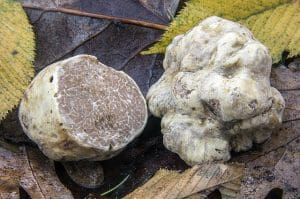
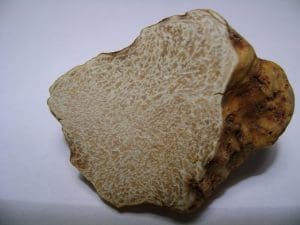
Smell:
A nutty/mushroom type smell when young, some say that they smell of gas as they age.
Spores:
Brown.
Uses
In food
They are much prized by chefs and have a lovely nutty, fungal flavour with a hint of garlic.
As they are quite expensive, a good way to make the most of them is to store the truffle in a basket full of eggs. As the eggs shells are permeable the truffle flavour will transfer and makes the most amazing scrambled eggs.
After that they can be finely sliced or grated over savoury dishes or infused in oil to add a heady umami kick.
Another good way to make the most of them is to make an infused oil that can be drizzled or sprayed onto dishes.
Notes on Herbal Uses
Truffles are general contain many important vitamins and nutrients including vitamin C, phosphorus, sodium, calcium, magnesium, manganese and iron.
They contain lycopene, gallic acid and homogentisic acid, which are important amino acids that studies show may lower your risk of conditions such as such as cancer, heart disease and diabetes.
They are also said to have aphrodisiac properties and have been used to boost fertile.
Known hazards
None known.
Potential lookalikes
Nothing else grows underground and looks similar, at this time of year. They do like very similar to the White truffle but they fruit at different times of the year, the Whitish truffle is generally darker in colour, hence the name whitish.
I specialise in wild plants and fungi of the UK and I have never had the opportunity to go truffle hunting abroad. There aren’t too many lookalikes that I’m aware of but I would certainly want to be guided by a local expert.
Extra Notes from the Foragers
They are being cultivated in many countries around the world. They aren’t as prized as the White or Black truffle but they are easier to grow. They aren’t as choosy about trees they will partner with, they fruit after only 4 years and they are more adaptable to different climates.
Reference:
https://www.welshtruffles.com/products?Page_ID=3610&id=810572
https://en.wikipedia.org/wiki/Tuber_borchii
https://www.bbcgoodfood.com/recipes/collection/truffle-recipes



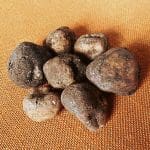
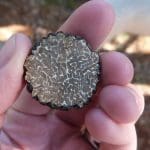
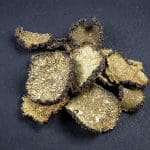



Leave a Reply
You must be logged in to post a comment.